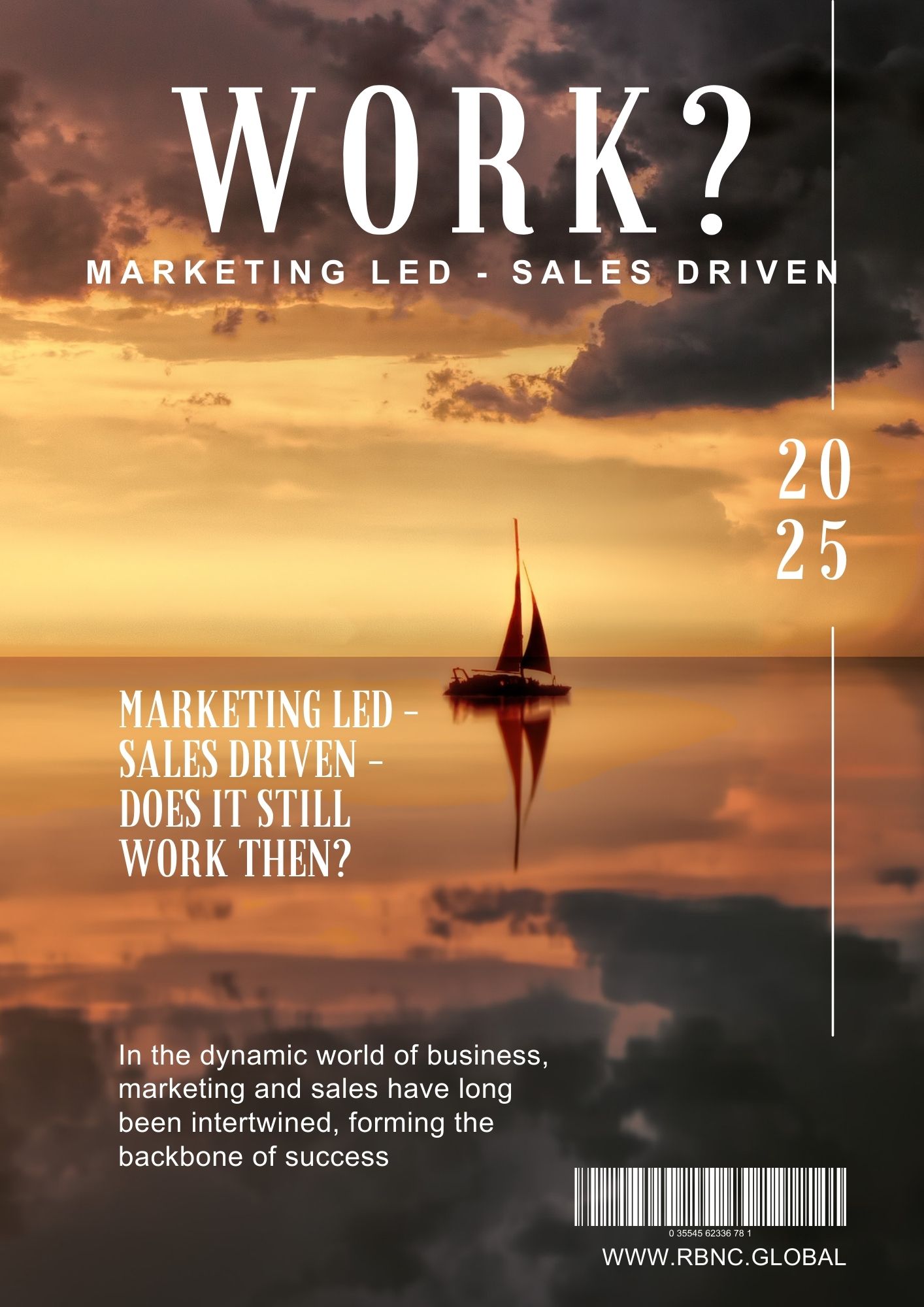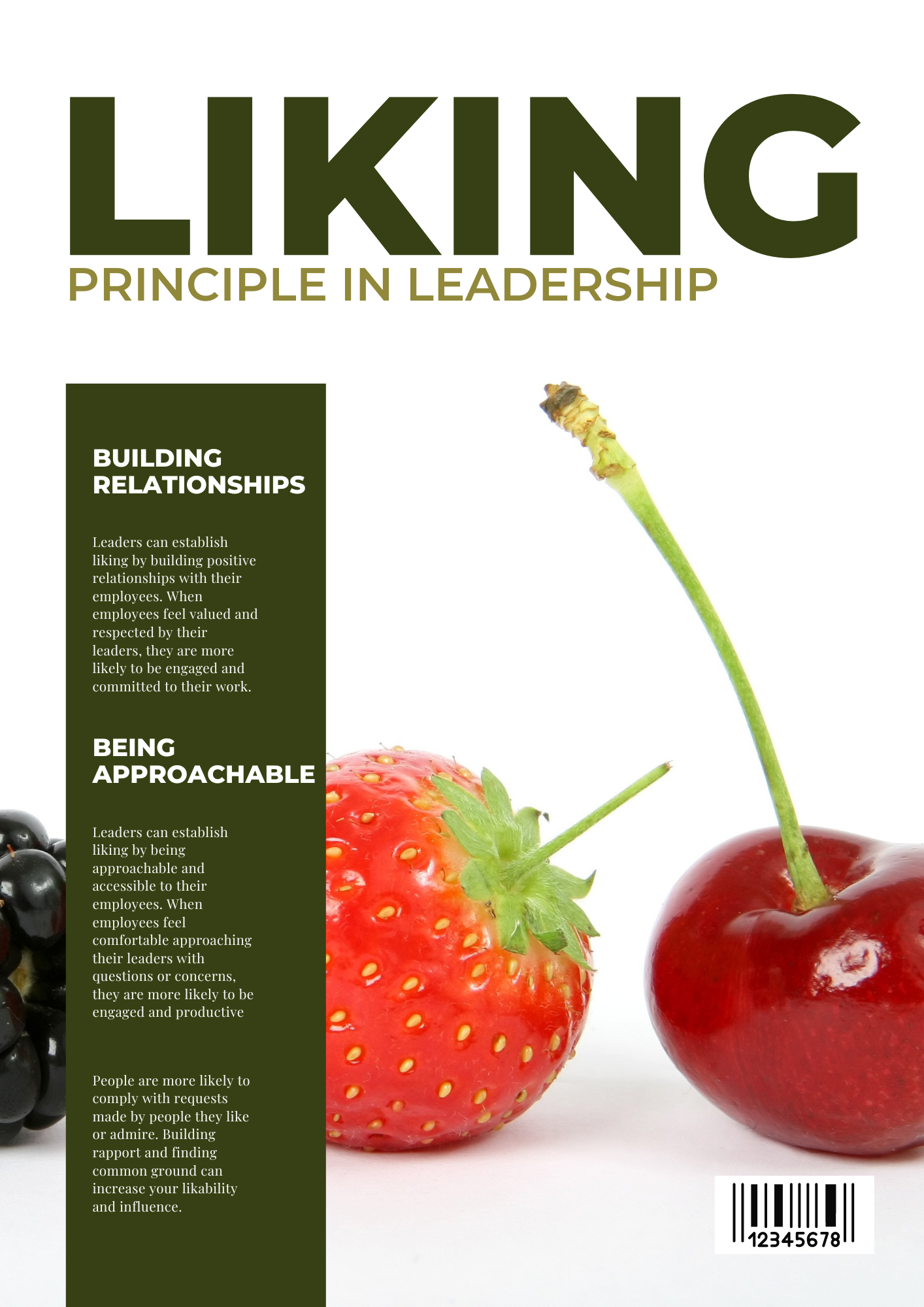Marketing Led - Sales Driven - Does It Still Work?
In the dynamic world of business, marketing and sales have long been intertwined, forming the backbone of success. The traditional Marketing Led - Sales Driven model, where marketing sets the stage and generates leads for sales to convert, has been a guiding principle for decades. However, in the face of rapid technological advancements and evolving customer expectations in 2024, it's crucial to re-evaluate the model's current relevance.
KEY POINTS:
1. Evolving Model: The traditional "Marketing Led - Sales Driven" model is becoming less effective due to rapid technological advancements and changing customer expectations, necessitating an integrated approach.
2. Integration and Technology: Success now requires a unified "smarketing" strategy, leveraging AI, CRM, and marketing automation to enhance collaboration and data sharing between marketing and sales.
3. Customer-Centric Focus: Businesses must prioritize customer experience with personalized, consistent communication and continuous feedback loops to improve strategies and lead quality.
Deconstructing the Traditional Approach:
The Marketing Led - Sales Driven model thrives on a clear division of labor:
-
Marketing:
- Brand Building: Cultivating brand awareness and interest through diverse channels like advertising, content marketing, and social media.
- Lead Generation: Capturing potential customer information via campaigns, landing pages, and events.
- Lead Nurturing: Engaging prospects with informative content and personalized interactions (email marketing, webinars) to guide them down the sales funnel.
-
Sales:
- Lead Qualification: Assessing the viability and readiness of leads generated by marketing.
- Lead Conversion: Transforming qualified leads into paying customers through personalized communication, tailored pitches, and effective negotiation.
- Deal Closing: Finalizing the sale and ensuring customer satisfaction.
Navigating the Evolving Landscape:
Several key trends in 2024 challenge the traditional model:
- Digital Transformation: The rise of AI, machine learning, and big data is blurring the lines between marketing and sales. AI-powered analytics equip sales teams with in-depth customer behavior insights, enabling more targeted and impactful sales strategies.
- Customer-Centricity: Modern customers crave personalized experiences. This necessitates close collaboration between marketing and sales to guarantee consistent messaging and tailored engagement, catering to individual customer needs.
- Content Saturation: The digital space is overflowing with content, making it increasingly difficult for marketing efforts to stand out. Sales teams are now often called upon to create personalized content and engage in content marketing themselves to build meaningful relationships with potential customers.
- Social Selling: Platforms like LinkedIn have become crucial battlegrounds for both marketing and sales. Sales professionals leverage social media to identify prospects, build rapport, and share valuable content, further blurring the traditional boundaries.
Reimagining the Model for Success:
Given these shifts, the traditional model needs to evolve to remain effective. Here are some key considerations for businesses in 2024:
-
Integrated Strategies:
- Smarketing: Merging sales and marketing into a unified "smarketing" team ensures both departments work towards shared objectives, utilizing shared data and insights to drive strategy.
- Unified Customer Journey: Mapping the entire customer journey and facilitating a seamless transition from marketing to sales can significantly improve customer experience and conversion rates.
-
Technology as an Enabler:
- CRM, Marketing Automation, and AI Tools: Leveraging these technologies fosters enhanced collaboration between marketing and sales, providing both teams with real-time data and valuable insights.
- AI-powered Marketing Campaigns: Personalized, AI-driven marketing campaigns directly support sales efforts by delivering highly qualified leads.
-
Customer Experience at the Core:
- Prioritizing Customer Needs: Both marketing and sales must prioritize understanding customer needs, delivering value at every touchpoint, and maintaining consistent, personalized communication.
-
Continuous Feedback and Improvement:
- Feedback Loops: Implementing feedback loops where sales provide insights back to marketing allows for continuous refinement of strategies and improvement of lead quality. Regular cross-departmental meetings and shared KPIs are crucial.
The Marketing Led - Sales Driven model is not obsolete, but it demands significant adaptation to thrive in the modern business landscape. By integrating strategies, leveraging technology, prioritizing customer experience, and fostering continuous feedback loops, businesses can create a more agile and effective approach. In 2024, success lies in breaking down silos and nurturing a collaborative, data-driven culture where marketing and sales work in unison to achieve shared goals.









